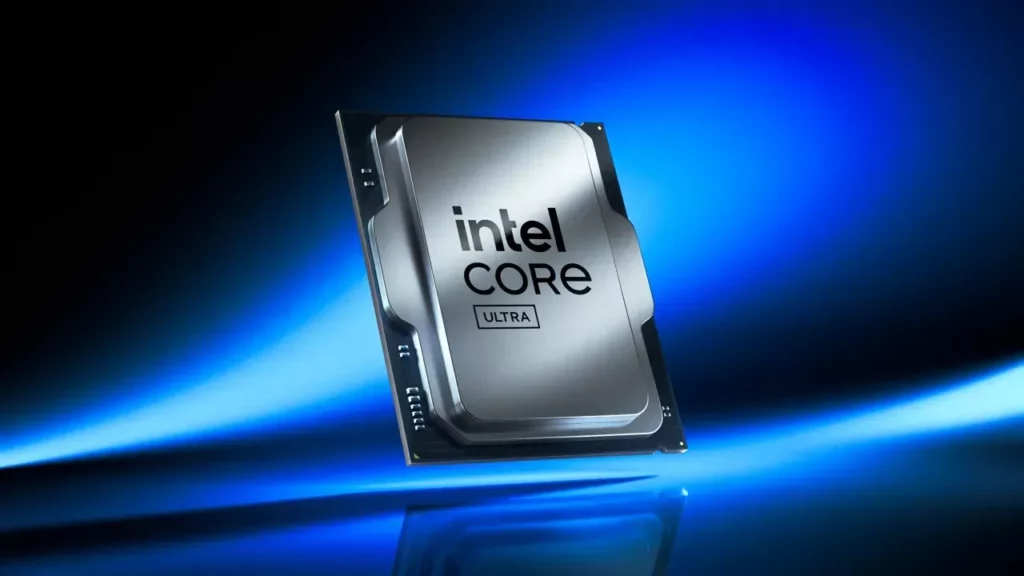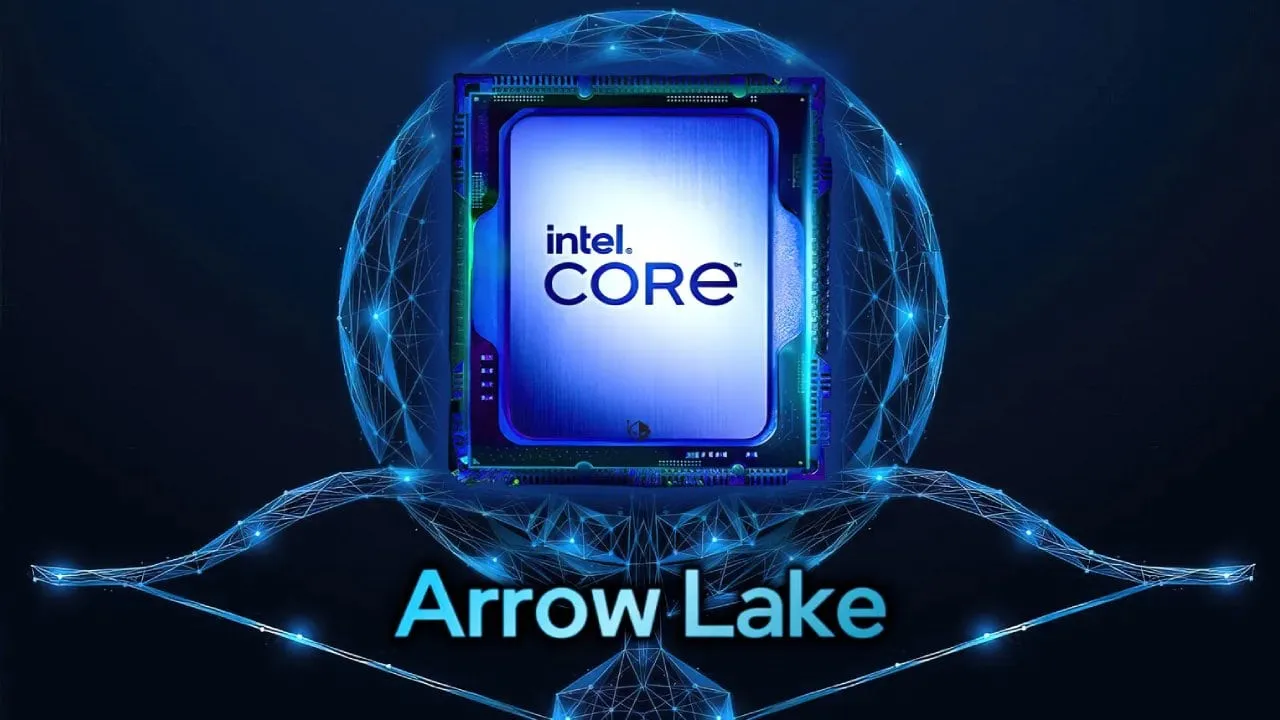The Intel Arrow Lake Refresh CPUs are rumored to launch before the end of this year, offering a mid-generation lift to Intel’s current desktop and high-performance mobile chips. While not a ground-up redesign, this refresh is expected to deliver targeted improvements aimed at gamers, creators, and anyone eyeing better AI performance.
Intel Arrow Lake isn’t done yet

Intel Arrow Lake originally hit the market with promises of high efficiency and next-gen hybrid architecture. But its reception was mixed. Performance in productivity was solid, but gamers and enthusiasts noted inconsistent results and platform quirks. Now, Intel is betting that a refined refresh can smooth things out.
The upcoming refresh will likely target the Core Ultra 200 series, especially the unlocked K-series CPUs. These top-tier models are expected to receive the bulk of Intel’s attention, with updated clock speeds and stronger AI acceleration baked in.
What’s changing under the hood
Unlike a new architecture rollout, the Intel Arrow Lake Refresh focuses on refinement. Expected upgrades include:
- Increased core boost clocks for better single-thread responsiveness
- A new NPU capable of up to 48 TOPS, four times the AI performance of current models
- Enhanced thermals and power efficiency
- Better software-level support for hybrid task scheduling
These improvements aim to correct Arrow Lake’s early missteps while extending its lifecycle until Panther Lake arrives in 2026.
Who should wait for the refresh?
If you’re building a new system focused on AI-enhanced workflows, creative tasks, or general multitasking, the Intel Arrow Lake Refresh might hit a sweet spot. It won’t demand a new socket, so existing boards could support the upgrade. And for desktop users eyeing something stable but modern, this could be a low-risk, high-return option.
A second chance for Intel Arrow Lake
This refresh isn’t just about squeezing more life from the current generation. It’s about redemption. Intel Arrow Lake may have stumbled out of the gate, but this update could realign it with the expectations of today’s demanding users. It’s a small step, but a smart one.














